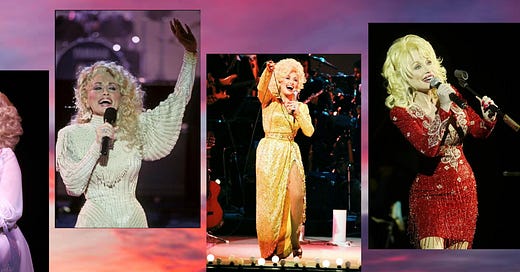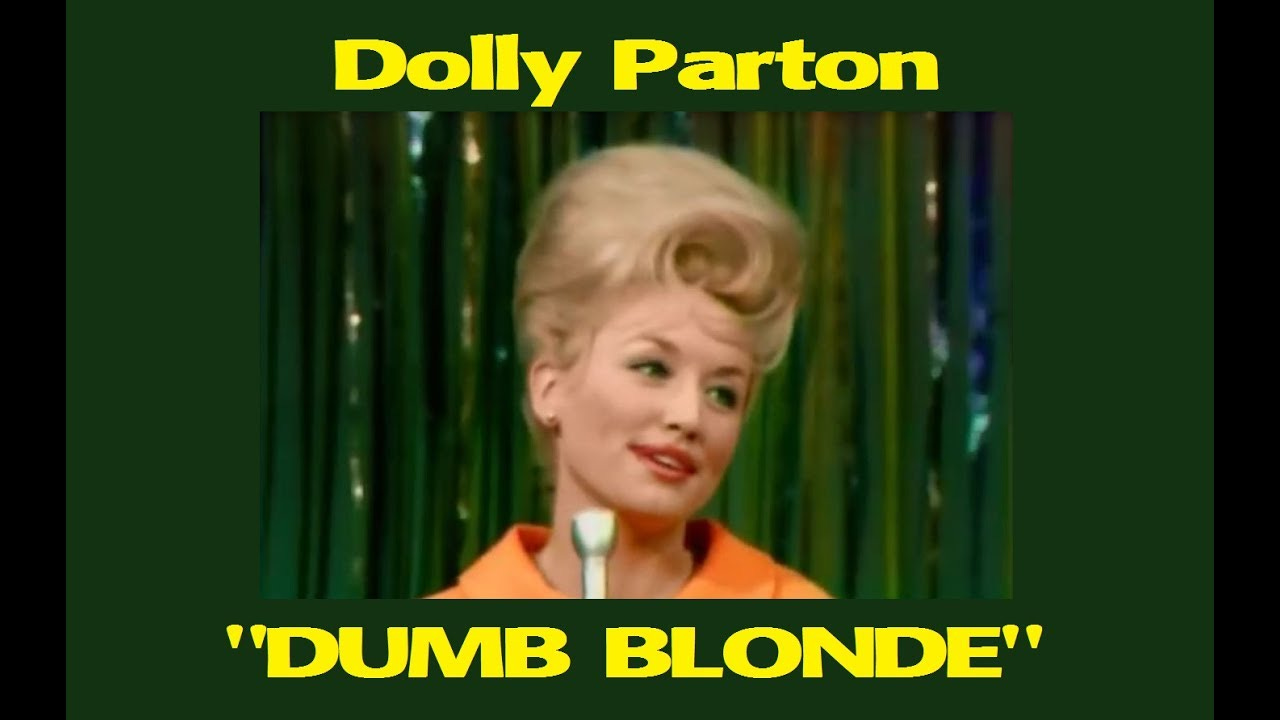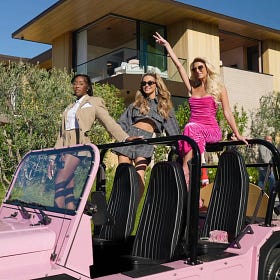
Earlier this year, I bought Dolly Parton’s 2023 book, Behind the Seams: My Life in Rhinestones. It’s an astonishing collection of archival photographs (a labor of love only made possible by her closest friend, Judy Ogle, who preserved and archived many of Dolly’s outfits from early on) with writing from Dolly1 and other costume designers and hair and makeup artists she’s worked with over the course of her career. Though her style is worlds away from my own, there’s something about Dolly Parton’s aura that has always charmed me. Behind the Seams confirmed my impression that every sartorial choice of Dolly Parton’s, down to the littlest detail, has been made with intention and purpose.


Dolly was advised by several people at the start of her career against dressing the way she did, that people wouldn’t pay attention to her—or that they’d pay her the
”wrong kind” of attention.
The label's president, Fred Foster… and his people wanted to change my style into a 1960s pop look. They wanted to flatten my hair. They wanted me to look more chic and wear more streamlined clothes […] I told Fred Foster, "Look, this is just not me. I have to dress like me." I kept saying, "I just don't feel comfortable looking another way. I can't do what I'm supposed to do as a performer if I don't feel comfortable within my own skin."
—from Behind the Seams by Dolly Parton
She ignored that advice, and now frequently cites (by name!) those who told her to do otherwise.
“Chet Atkins, one of the greatest guitarists in the world, came over to [me] when I first came to Nashville, he said, ‘Dolly, you need to calm it down. You look a little trashy. Nobody’s going to take you serious as a songwriter or a singer.’ I said, ‘Oh they will if I’m good enough ’cause I gotta be comfortable while I’m doing it.’ Years later, when I didn’t tone it down and it got worse, he came over and said, ‘Ain’t you glad you took my advice.’”
—Dolly Parton at the opening of Dolly Parton & The Makers: My Life In Rhinestones exhibit at Lipscomb University in Nashville
But Dolly has often pre-empted criticism by cracking jokes about her style and appearance before anyone else can. In a 2008 interview in The Guardian, she says, "I almost look like Little Lord Fauntleroy, don't I?”, gesturing to her pinstripe patterned jacket with brass buttons. Dolly Parton’s official Facebook page shared a status update in 2012 that read, “If I tried to jog with these boobs, I'd end up with two black eyes! Enjoy the beautiful weather!!” She’s always been in on the joke—she couldn’t afford not to be.

In this clip from a 1977 interview with Barbara Walters (I highly recommend watching the entire clip),2 each question is more awkward and condescending than the last, yet Dolly responds graciously, all smiles and laughter, throwing Walters multiple lifelines that she refuses to take. At one point, Walters says, “You don’t have to look like this. You’re very beautiful. You don’t have to wear the blonde wigs, you don’t have to wear the extreme clothes, right?” (Again, this is a renowned reporter during an interview that aired on national television.)
Dolly’s answers are a master class in grace and authenticity. When Walters asks, “Do you ever feel that you’re a joke?”, Dolly says, “I know exactly what I’m doing, and I can change it at any time. I make more jokes about myself than anybody.” The interview itself may be uncomfortable, but Dolly is very clearly comfortable with herself and her own convictions. At least in this clip, you can’t say the same for Walters.
“I am sure of myself and I am sure of my talent… I like the kind of person that I am. So I can afford to piddle around and doodiddle around with makeup and clothes and stuff because I am secure with myself.”
— Dolly Parton, to Barbara Walters
Dolly commits the double sin of not only making visible the work that goes into maintaining her image, but enjoying it—and she’s been doing it for over fifty years. There are many contemporary examples of famous women, usually in reality television3, who are candid and open about the work they put into their appearance. In many cases, though, this work seems implicitly mandatory—not something additive or something that brings pleasure, more like an unspoken responsibility of the job. Dolly seems delighted. For her, the effort that goes into creating her image is enjoyable—that’s the subversive part.
“I’ve always had a lot of confidence in my talent and in my personality. The way I am, the way I dress, the makeup, the hair — this is fun for me.”
— accredited by AARP to Dolly Parton (original source not cited)
One of my favorite videos of Dolly is this clip of her on The Bobby Lord Show. She’s playing along gamely as Lord performatively bumbles the intro to her performance, stumbling over his words to call her a dumb blonde.4 She’s wearing a sherbet orange dress and frosted lipstick, her hair piled into an impressive beehive almost a foot tall. It’s a satirical, self-satisfied performance—note the slight eyebrow raise and twinkle in her eye at the 1:11 mark as she sings about how little this man’s denigrating comment about her intelligence and her appearance has affected her (“Well, somehow I lived through it…”). She’s only twenty-one in this video, yet already a master of her own image.

One could say that Dolly’s decades-long dedication to her appearance has made her into the ideal Halloween costume celebrity: someone whose aesthetic is cohesive and distinctive enough to be instantly legible as a costume. But to Dolly, this aesthetic has never been a costume—it was simply the way she felt most comfortable, her best and truest self. In insisting on dressing and looking exactly as she wanted, Dolly was brave enough to shoot for memorability and legacy, even if it meant not always being liked.
As Dolly said, “[M]y clothes and makeup also reveal the real me. Maybe they’re both “made up”, but they reflect my innermost self, my own personal truth.”5 Who are we to argue with that?
P.S. I’ve got a lot more Dolly material in me—more about her childhood, Coat of Many Colors, her frankness about everything else compared to her relative silence on political issues (though her words and actions seem to indicate a clear political persuasion)—if anyone is interested…
Yes, I know it is a journalistic convention to use someone’s last name to refer to them from second reference onward, but to me she is just Dolly, so I’ve chosen to use her first name instead.
If you don’t watch the whole thing, at least skip to 1:01 to see Dolly’s demure, “Yeah, I thought that’s what you meant,”, a beautifully pointed rebuttal to an extremely dumb question.
she works hard for the money
In honor of the eighth (!) season of what is unfortunately my favorite reality television show, we need to talk about Selling Sunset. There’s a Sophia Amoruso-era brand of feminism running throughout the show that intrigues me. But this is neither a takedown nor a glamorization, rather a begrudging acknowledgment and dissection of the particular genius …
This song was written by Curly Putnam—it’s one of the few original songs that Dolly Parton has recorded that weren’t written by her (this was more common earlier on in her career).
from Behind the Seams: My Life in Rhinestones by Dolly Parton









yes to more Dolly content!
She is the definition of iconic. More Dolly!